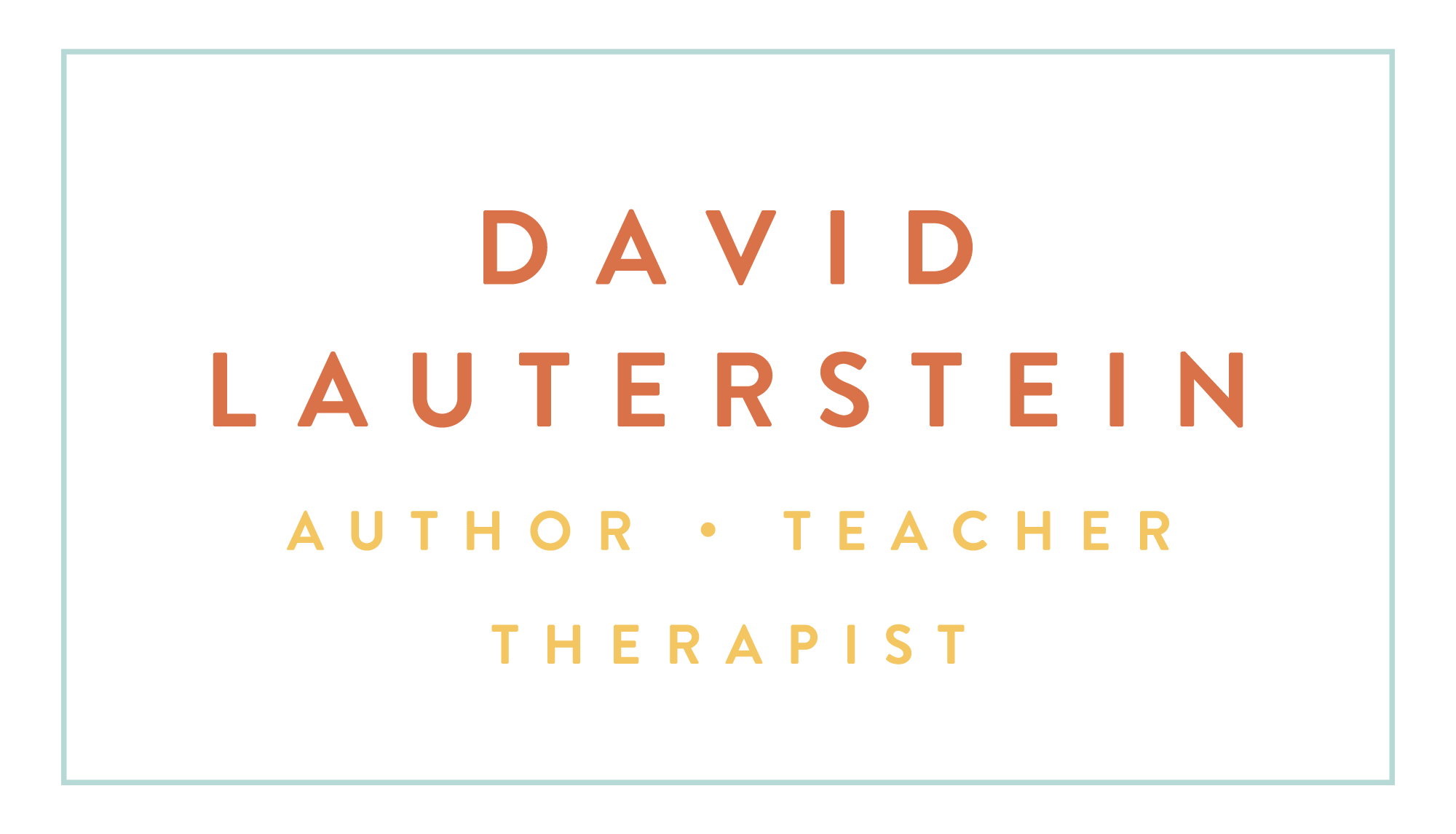Tensor Fasciae Latae, Gluteus Medius and Minimus
Client: side-lying with a pillow under the head and between lower legs
Therapist: alongside table, facing client’s back
These amazing muscles live mostly unconsciously and do their profound work ordinarily without our awareness. When you lift a leg up to step forward, without these muscles, your pelvis would drop precipitously. The most serious disorder of the hip is paralysis of gluteus medius and minimus, as in some people with cerebral palsy. In that case they have to kind of “throw” their lifted leg forward and to the ground otherwise they’d fall. What holds the pelvis level is the muscles on the opposite side of of the lifted leg, TFL, gluteus medius and minimus. They allow our pelvis to stay level even when it is unsupported on the side where the leg is lifted. So working with them is a vast relief and recognition of the vital and unheralded role they play in every step.
Sidelying Work with Ttensor Fascia Lata, Gluteus Medius and Minmus
This is easier in some ways if the client is wearing underwear. If unclothed, gather the lower corners of the draping and tuck then underneath the upper leg. With these in place, pull the sheet up so that you can work easily and clearly with the side of the pelvis.
You will use either the loose fist or ulna just beneath the elbow. For the body right side up, your primary working tool will be the left fist or forearm. The stroke’s direction will be superior to inferior. You will be working from immediately beneath the iliac crest to the greater trochanter.
Place your loose fist or upper forearm just below the iliac crest and just behind the anterior superior iliac spine at the origin of tensor fascia lata, take out the looseness in the tissue. Take up the slack and begin moving inferiorly, effleuraging at a medium depth through this muscle to the upper surface of the greater trochanter. Repeat in two other passes through gluteus medius (affecting, deep to it, gluteus minimus) - so that the second pass will be precisely along the midline of the body and the third pass beginning just about an inch posterior to the midline. All three passes begin just beneath the iliac crest and end at the superior surface of the greater trochanter.
Purposes:
a) lessen the excessive upward pulling of t.f.l. on greater trochanter and iliotibial tract
b) decompress the hip and knee joints
c) lessen chronic medial rotation of femur
d) soften the side of the pelvis
e) facilitate energy flow through the 1st and 2nd chakras
f) facilitate energy flow down the legs, especially through the gall bladder meridian
Image Source: www.themanualtherapist.com

